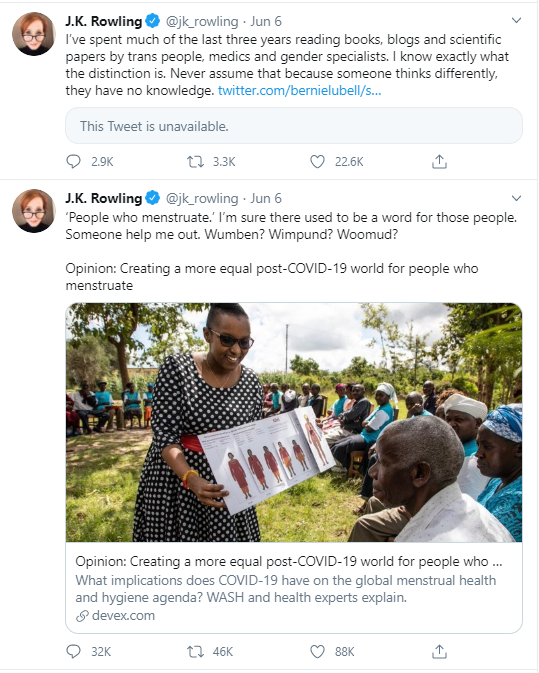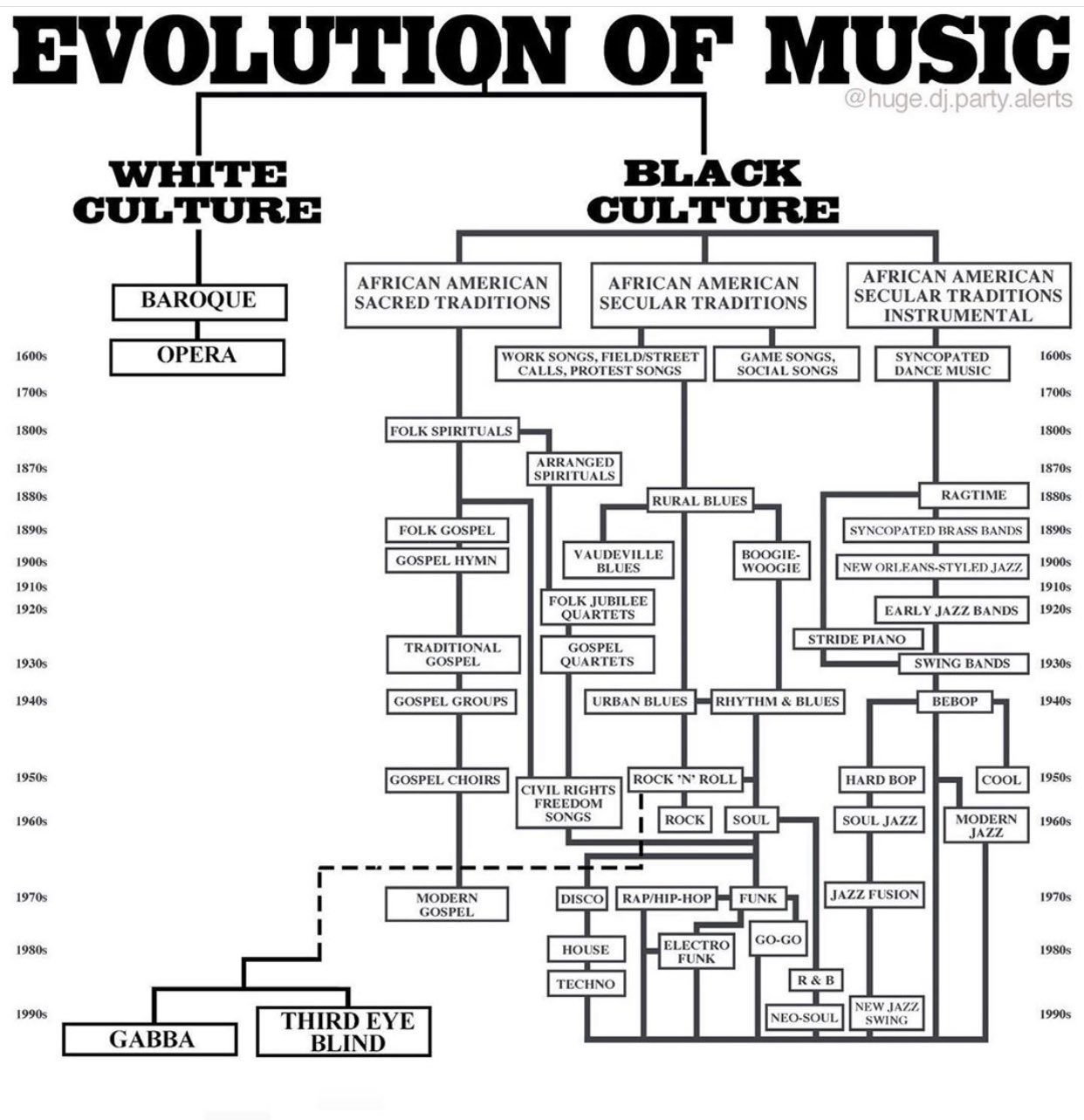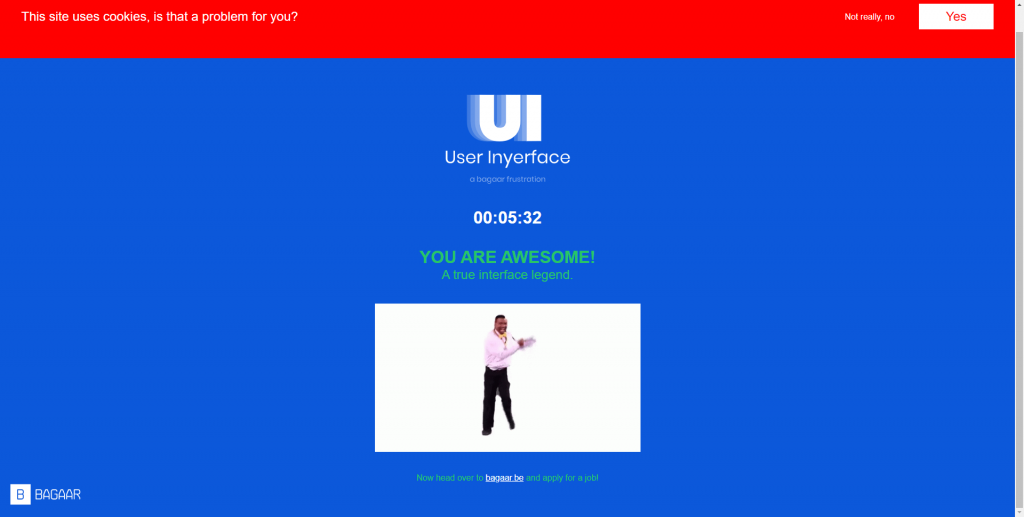The Pseudonym and Controversy of JK Rowling – (Interactive Component)
Instructions – To view the Interactive component open the Zipped File and view “Story.html”
If Lera Brododitsky is correct and language shapes the way we think, how does writing in a male pseudonym change the way author JK Rowling thinks? There is a long history of female writers who have used a male nom de plum to have their writing published and read. In the 19th-20th century Milan male pseudonyms were used because “patriarchal censorship applied to supposed female values and qualities”[1] However, Joanne Rowling published the Harry Potter series in the 1990s-2000s and it turned into a billion-dollar industry. Why did she choose a male/gender-ambiguous pseudonym when she was not facing censorship and could have her books published as a woman? In this post, we will further explore the use of the masculine and gender-ambiguous pseudonyms used by JK Rowling and explore how it affects her works.
Joanne Rowling identifies herself on her Twitter page as J.K Rowling[2]. On Twitter, the social media site, she is free to write and retweet what she wants. It is categorized as the third type of computer-mediated communication as defined by Baron.[3] The content on her Twitter site, as viewed in 2020 is a mixture of retweets of children’s pictures for her The Ickabog book, as well as the source of the anti-trans controversy. Let’s briefly review the history of this controversy, the BBC[4] reports it began on June 6, 2020, the date J.K responds to an article from devex[5] saying “I’m sure there used to be a word for [people who menstruate]. Someone help me out. Wumben? Wimpund? Woomud?”[6] Due to the surge of negative responses, it surged many other tweets shortly after, see image below for details.

Many celebrities and well-known figureheads spoke out against JK’s tweets on Twitter; including many of the actors who portrayed her characters in Harry Potter. However, for many trans people, especially the fans of her and her books, this was an incredible hit. I want to look further into the other works of “Joanne Rowling” to see if there are any hints of her understanding between sex and gender, as well as her use of masculine or gender-neutral pseudonym identities.
Firstly, Twitter is not the only source of JK’s writing online. On her blog: jkrowling.com, Rowling wrote a nearly 4000-word essay on “sex and gender issues.”[7] In this essay, JK states the controversy began in her “support of Maya Forstater” in December 2019, who lost her job due to transphobic tweets. From this essay, she states “speaking as a biological woman, a lot of people in positions of power really need to grow a pair.” Although, in context, she states this tongue in cheek. She finishes the sentence dismissing any biological way for our species to do this. However, many know that it is possible to surgically do this. Furthermore, she is stating she wishes people (including ciswomen) were more masculine. This is interesting to say when she has many tweets defending her position that transwomen and transmen are not legitimate.
JK explains that there are four reasons she decided to speak up against trans activism. I want to go through each item and provide a counterargument. Firstly, Rowling uses her charitable trust supporting female prisoners and for survivors of domestic and sexual abuse to support spaces “where transwomen should not be allowed”. Using this reason, one can conclude that Rowling believes that transwomen are perpetrators of domestic and sexual abuse rather than the victims of it. Although, the data and rates for transgender violence against trans people are “scarce and unreliable.”[8] One study states this is because of treatment by police, “whose transphobia is pervasive and well-documented.”[9] Furthermore, because of their status as transgender, domestic abuse scenarios are more likely to be “characterized…as mutual combat,” because the victims do not “fit into that model.”[10] So JK is placing herself in the role of someone who distrusts transpeople in favor of protecting ciswomen and children. However, transwomen are as much at risk, if not more so of sexual and domestic abuse. Transwomen are often denied access to shelters, who claim (like JK) that “transsexual women can never be women because they were socialized as boys/men, and consequently, have experienced, learned, and exercised male privilege . . . [which] is intrusive and why ‘women’s-only spaces’ were created to begin with.”[11]
Rowling’s second reason is that she is concerned for the children. I argue that there is very little cause for concern. Opening a world where children can express themselves as they like and be happy with who they are is hopeful and invigorating. Rowling’s third argument references freedom of speech. Rowling references Trump during her “freedom of speech argument,” who oddly enough also tweets messages that hurt people. Words can hurt impressionable people, Rowling should do more research, especially before posting hateful tweets to 14.3 million Twitter followers, some of them, young impressionable children.
Finally, Rowling reasons that she is concerned for those who have detransitioned. Rowling tweets stories of people who have detransitioned, however, Stonewall.org also references a story of someone who detransitioned because of the transphobia they faced.[12] Therefore, of all the trans issues and concerns, she is concerned for the less than 1% (0.3%) who have reported to have detransitioned.[13]
While we discuss her blog, her identity and naming preferences are used within her “About” section. Rowling defines herself as Joanne Rowling only when defining when she was born[14]. Throughout the entire “About” page, she calls herself Jo or JK, never Joanne. It is interesting that someone who is so interested, and openly misunderstanding trans issues, has what could be compared as her own “birth/dead name,” and be repeatedly interested in identifying herself as more masculine, or at least gender-ambiguous, using her name.
Secondly, JK Rowling’s Harry Potter book series is a very different medium than her blog or twitter page. There have been many before me who have criticized Rowling for her display of females and femininity within the series. Her lead character is male and is often used as her viewpoint throughout the series. For example the consistent shaming of Hermione in her relationship with Viktor Krum. At first, it is done by Ron, then his mother within Harry Potter and The Goblet of Fire. Then at the mere mention of a kiss between Krum and Hermione in Harry Potter and the Half-Blood Prince, Ron stops talking to Hermione for weeks and actively avoids her, even though the relationship had ended years prior. Furthermore, Ginny who begins dating boys is also shamed by Ron “D’you think I want people saying my sister’s a — “.[15] In fact, one of the cruelest characters throughout the series is Dolores Umbridge the epitome of femininity, described many times “wearing the fluffy pink cardigan of the night before and the black velvet bow on top of her head.” [16] Throughout the novels feminine characters are only redeemed when they display characteristics such as bravery, athleticism, or morality. It seems the feminine characters need “redemption” and are judged in a very different way than the males are. However, JK Rowling does understand the difference between sex and gender during a polyjuice scene. In Harry Potter and the Deathly Hallows, many female (and male) characters turn into Harry as a ploy to confuse some death eaters. During this scene, although they all have male genitalitia and a male body both Hermione and Fleur still use the pronouns “she.”
Lastly, the name Robert Galbraith was used as a pseudonym for the Strike novel series. The pseudonym was created because JK Rowling wanted the works to be judged on their own merit.[17] Furthermore, on NPR, Rowling states that Robert Galbraith is a “very real person to [her].”[18] Rowling imagines a craggy ex-military man working in private security. Rowling also enjoyed being under the pseudonym and wished she had longer being “Robert” stating “[she] was never going to out myself.”[19] Rowling switches genres and uses her pseudonym to make her books more adult and appealing to a new adult audience. “It’s easy to understand how [Rowling] would find it liberating (even necessary) to assume a new identity [when switching genres].”[20] Other authors, Ruth Rendell and John Banville have done this in the past when switching genres, however, their pseudonyms remained the same gender. Rowling could have any name to remain anonymous, however, she chose to have an unarguably masculine name, furthermore, she created an incredibly masculine backstory for her pseudonym, partially to provide an excuse to not appear in photos. However, like with the Harry Potter series, she chose a male name to appeal to male audiences. Why does Rowling assume that male readers will only read her works if she is using a male pseudonym? Rowling states she “enjoys having another persona” and will continue writing as Robert.[21] Rowling again plays with pseudonyms to provide her with the freedom and flexibility of gender and opening audiences for her.
The content in the Robert Galbraith novels are sexist and repeatedly objectify the female characters. For example, when describing in Cuckoo’s Calling a “whodunnit” novel, when describing a possible suspect, Ciara Porter, a friend of the deceased, multiple times her nipples are unnecessarily described. “Her pale pointed nipples were clearly visible” and “unhampered view of small white breasts and pointed shell-pink nipples.”[22] Now this is a supermodel, a sex-object so even if the narrator/lead character could not help describing her breasts in such detail, this cannot be used as an excuse for the ways the lead character interacts with a maid leering at her backside multiple times throughout the novel as well. In addition to the many times, he thinks unsavory thoughts and gawks at his female assistant throughout the novel. The lead character is not portrayed as an anti-hero, throughout the novel he is portrayed as a war hero, “respectful employer,” and a great private detective. My question remains, does the male pseudonym give JK Rowling more freedom to sexualize and objectify women throughout her thriller novel?
In conclusion, although JK Rowling has communicated anti-trans messages widely, she herself consistently portrays herself as masculine or gender-ambiguous when writing her books. Her pseudonym Robert Galbraith and her use of her initials JK Rowling opened her audience and allowed her to write books without the male gaze, and without having to be a “Female author” in the same way others have been critiqued. Rowling gives herself the freedom to identify professionally with any gender, and although does not classify as trans. The hypocrisy of her discrediting trans people for their identities is dangerous and counterproductive. I will end with a quote from Emma Watson, the actress who portrayed Hermione Granger in the Harry Potter film adaptations. “Trans people are who they say they are and deserve to live their lives without being constantly questioned or told they aren’t who they say they are.”
[1] Matkovic, R., & Habrle, T. (2015). Female Authors under the Mask of a Male Pseudonym-Some Approaches to Revealing Authors’ Gender. European Journal of Language and Literature, 1(3), 69-76.
[2] Rowling, J.K (n.d.). J.K Rowling. Retrieved from Twitter: https://twitter.com/jk_rowling
[3] Olson, D. R. (2008). The cambridge handbook of literacy Cambridge University Press.
[4] Anonymous. (2020, 11 June). JK Rowling responds to trans tweets criticism. UK: BBC News. Retrieved from https://www.bbc.com/news/uk-53002557
[5] Sommer, M., Kamowa, V., & Mahon, T. (2020, May 28). Opinion: Creating a more equal post-COVID-19 world for people who menstruate. devex. Retrieved from devex: https://www.devex.com/news/sponsored/opinion-creating-a-more-equal-post-covid-19-world-for-people-who-menstruate-97312#.XtwLnv0aEeR.twitter
[6] Rowling, J.K (n.d.). J.K Rowling. Retrieved from Twitter: https://twitter.com/jk_rowling/status/1269382518362509313
[7] Rowling, J. (2020, June 10). J.K. Rowling Writes about Her Reasons for Speaking out on Sex and Gender Issues. Retrieved from JK Rowling: https://www.jkrowling.com/opinions/j-k-rowling-writes-about-her-reasons-for-speaking-out-on-sex-and-gender-issues/
[8] Greenberg, K. (2012). Still hidden in the closet: Trans women and domestic violence. Berkeley J. Gender L. & Just., 27, 198.
[9] Greenberg, K. (2012). Still hidden in the closet: Trans women and domestic violence. Berkeley J. Gender L. & Just., 27, 198.
[10] Greenberg, K. (2012). Still hidden in the closet: Trans women and domestic violence. Berkeley J. Gender L. & Just., 27, 198.
[11] Greenberg, K. (2012). Still hidden in the closet: Trans women and domestic violence. Berkeley J. Gender L. & Just., 27, 198.
[12] Medcalf, K. (2019, October 7). Dispelling myths around detransition. Retrieved from Stonewall: https://www.stonewall.org.uk/about-us/news/dispelling-myths-around-detransition
[13] Danker, Sara; Narayan, Sasha K.; Bluebond-Langner, Rachel; Schechter, Loren S.; Berli, Jens U. (August 2018). “A Survey Study of Surgeons’ Experience with Regret and/or Reversal of Gender-Confirmation Surgeries”. Plastic and Reconstructive Surgery – Global Open. 6: 189. doi:10.1097/01.GOX.0000547077.23299.00. ISSN 2169-7574.
[14] Rowling, J.K (2016). About. Retrieved from JK Rowling: https://www.jkrowling.com/about/
[15] Rowling, J. (2005). Harry Potter and the Half Blood Prince. United Kingdom: Bloomsbury.
[16] Rowling, J. (2003). Harry Potter and the Order of the Phoenix. United Kingdom: Bloomsbury
[17] Rowling, J. (2007). Harry Potter and the Deathly Hallows. United Kingdom: Bloomsbury
[18] Galbraith, R. (2020). About. Retrieved from Robert Galbraith: https://robert-galbraith.com/about/
[19] Rowling, J. (2015, 11 02). J.K. Rowling On Her Nom De Plume Robert Galbraith. (D. Greene, Interviewer)
[20] Rowling, J. (2015, 11 02). J.K. Rowling On Her Nom De Plume Robert Galbraith. (D. Greene, Interviewer)
[21] Nolan, T. (2014). Book review: ‘the silkworm’ by robert galbraith; J.K. rowling’s pseudonym was leaked by a gossip to the media. is it coincidence that her new mystery satirizes london’s literary set?. New York, N.Y: Dow Jones & Company Inc.
[22] Galbraith, R. (2018). About. Retrieved from Robert Galbraith: https://robert-galbraith.com/about/
[23] Rowling, J. (2013). Cuckoo’s Calling. United Kingdom: Sphere Books.







